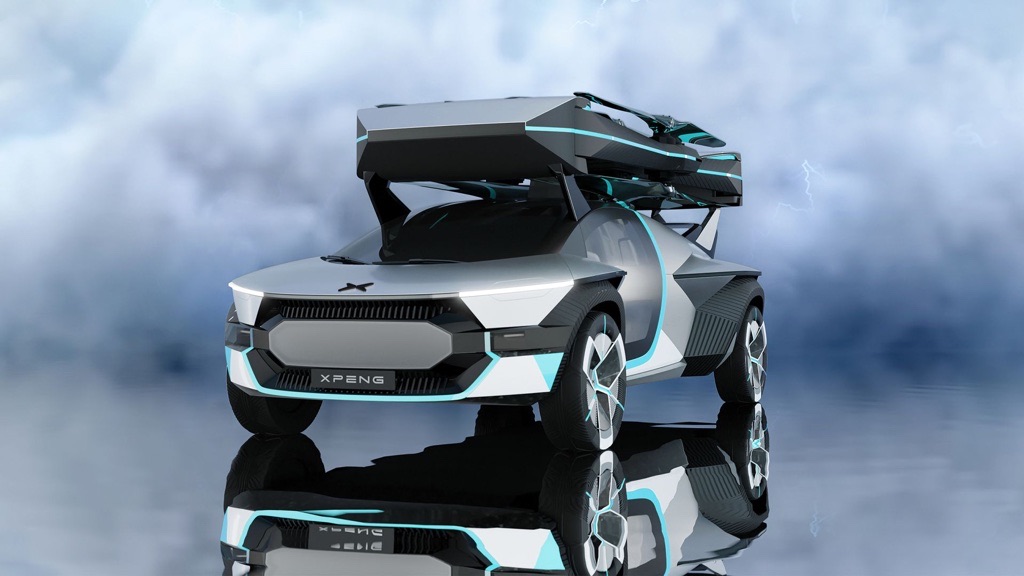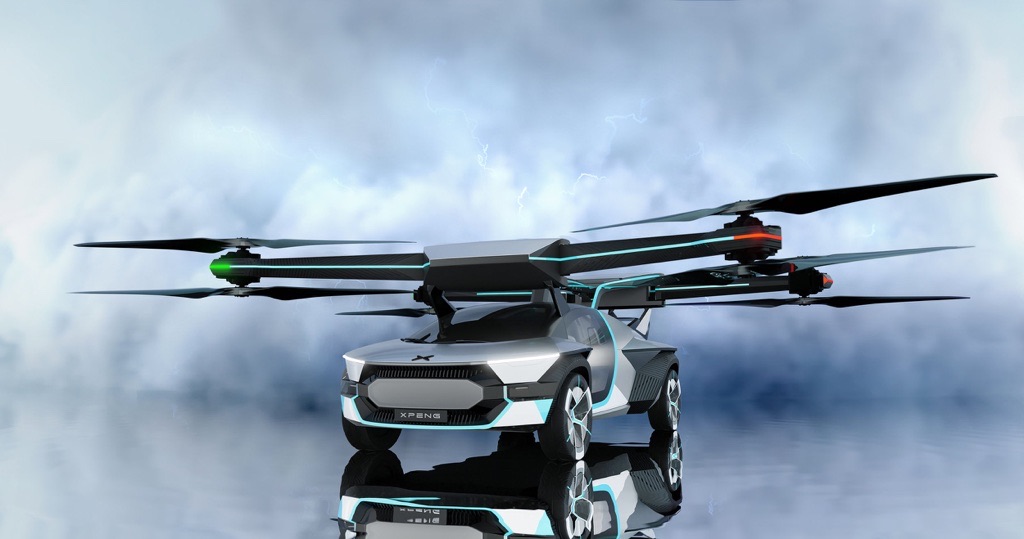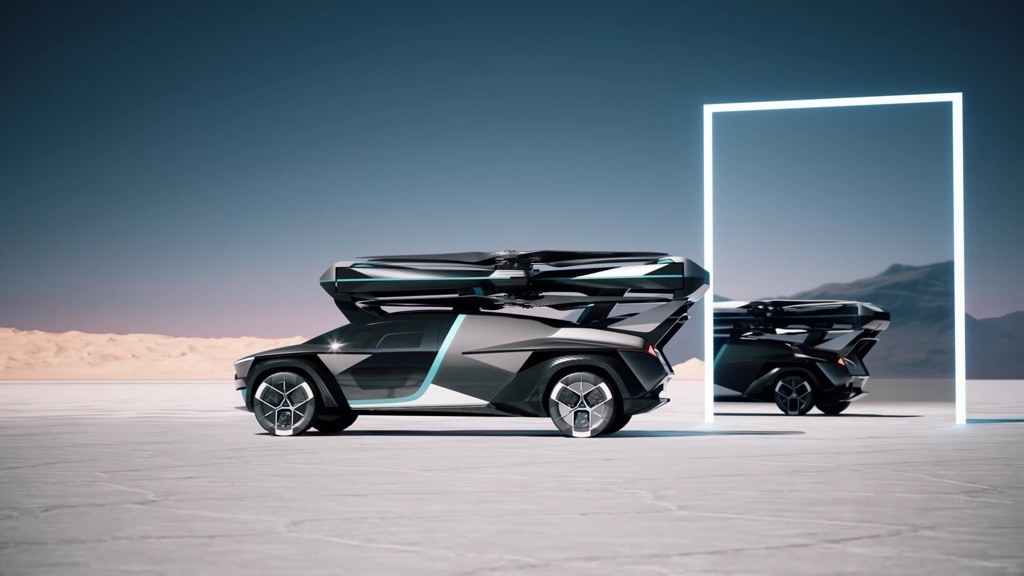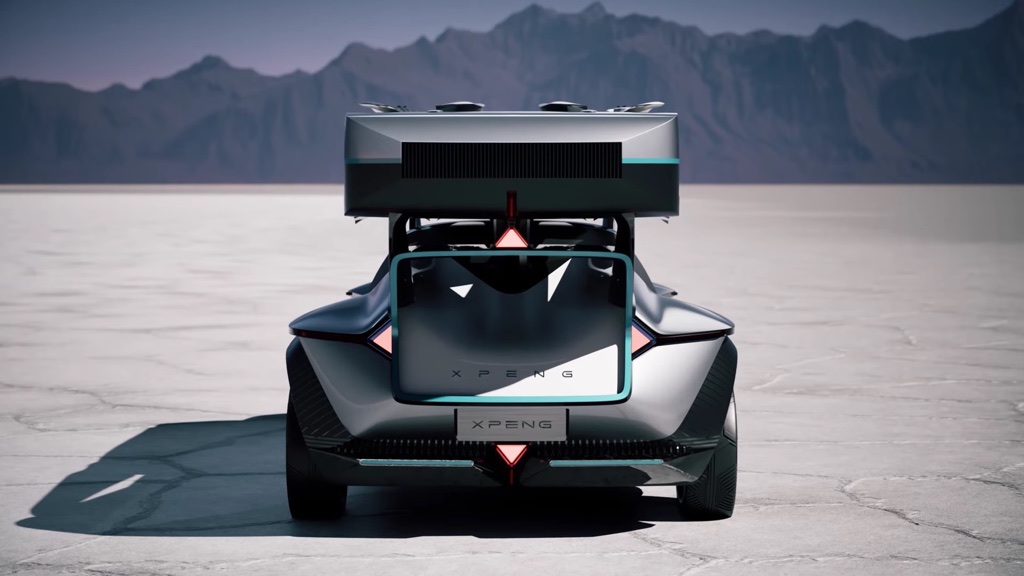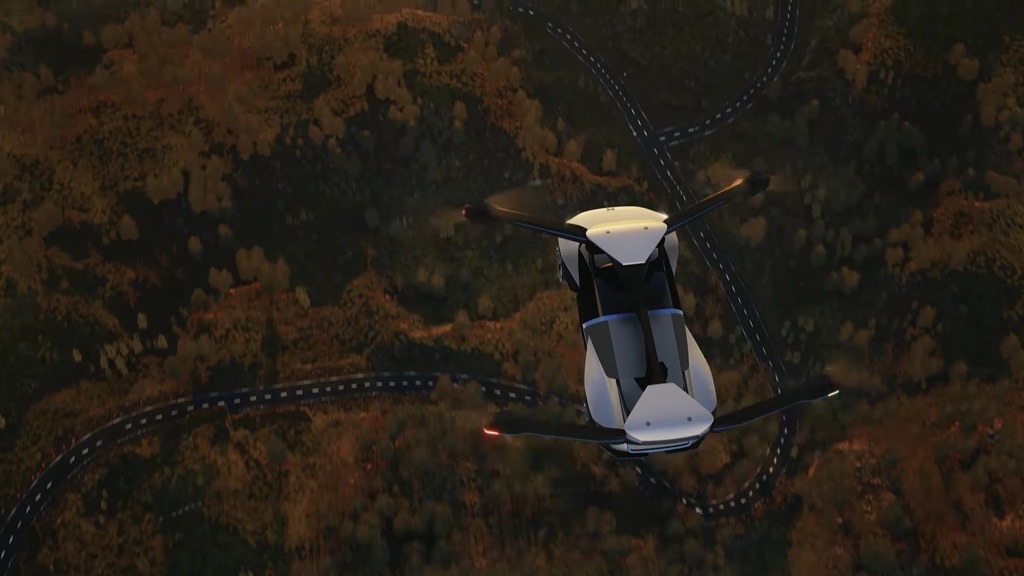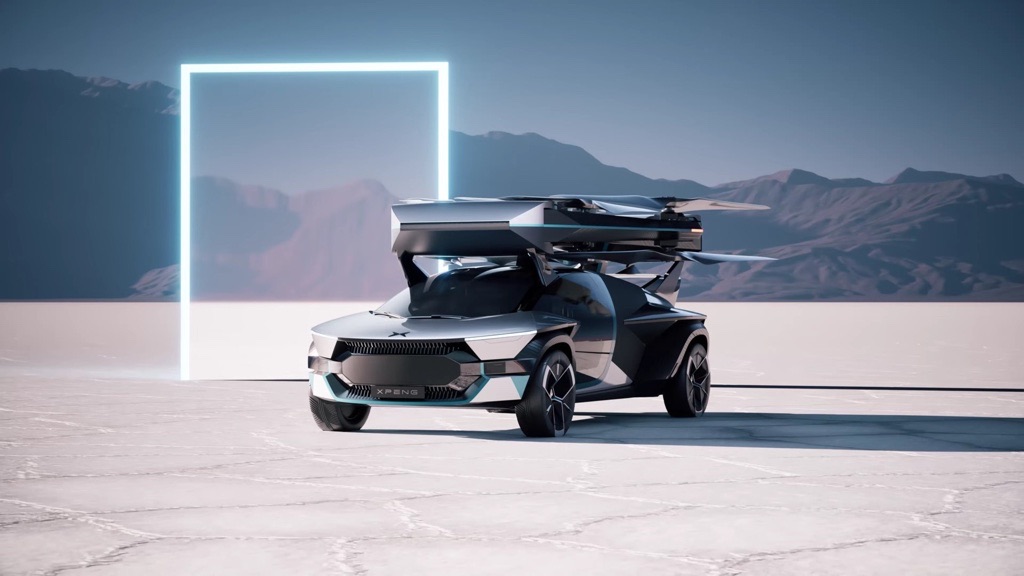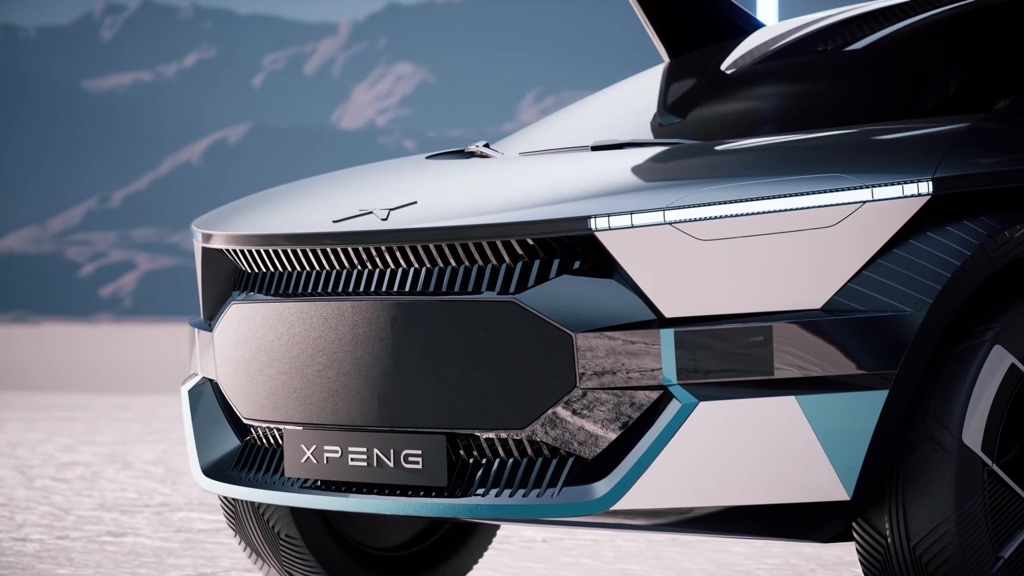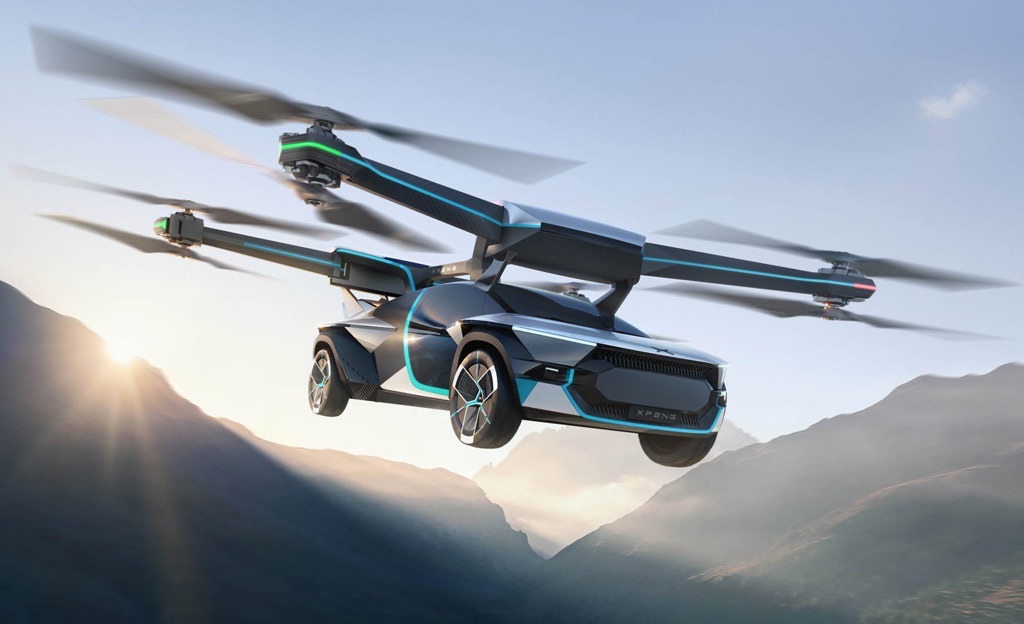
A Futuristic Vision Takes Flight
The idea of flying cars has long captured the imagination of sci-fi enthusiasts and forward thinkers alike. Well, folks, the future is here – Chinese automaker Xpeng recently unveiled a prototype of their AeroHT eVTOL X3, an electric vehicle that can both drive on roads and take to the skies like a helicopter or drone.
At their annual 1024 Tech Day event, Xpeng showcased videos of the X3 prototype accomplishing feats that seem straight out of a James Bond movie. With its sleek, foldable rotor system, this two-ton beast can transform from a regular car into an airborne vehicle ready for vertical takeoff and landing.
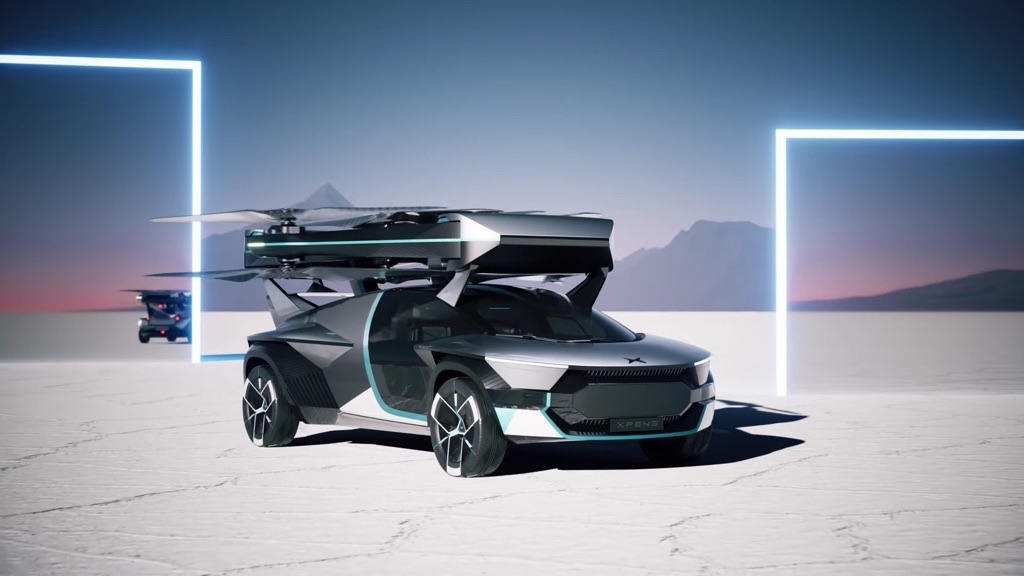
Flight Capabilities & Safety Features
So how does this futuristic flying car actually work? According to Xpeng, the X3 is:
“Equipped with a new flight control system equipped with fault-tolerant control functions and a dual-engine backup system to ensure safety.”
Translation: It has robust failsafe mechanisms to prevent you from plummeting out of the sky.
The videos demonstrate the X3 smoothly taking off vertically, hovering, flying forward, and even performing impressive single-motor failure tests while airborne. When grounded, it can drive and operate just like any normal electric car on the roads.
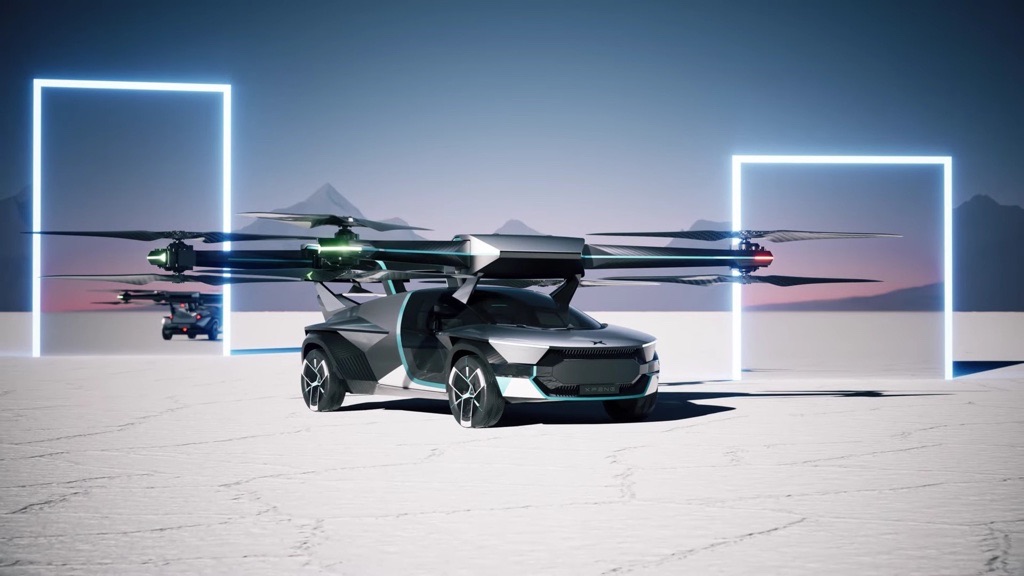
Easy Pilot Controls
One of the coolest things about the X3 is how intuitive the controls are for pilots. You simply use the regular steering wheel and gear lever to:
- Move forward and backward
- Turn left and right
- Ascend and descend
- Hover in place
Essentially, you fly it much like you would drive a regular car! This ease of use opens up urban air mobility to more than just trained helicopter pilots.
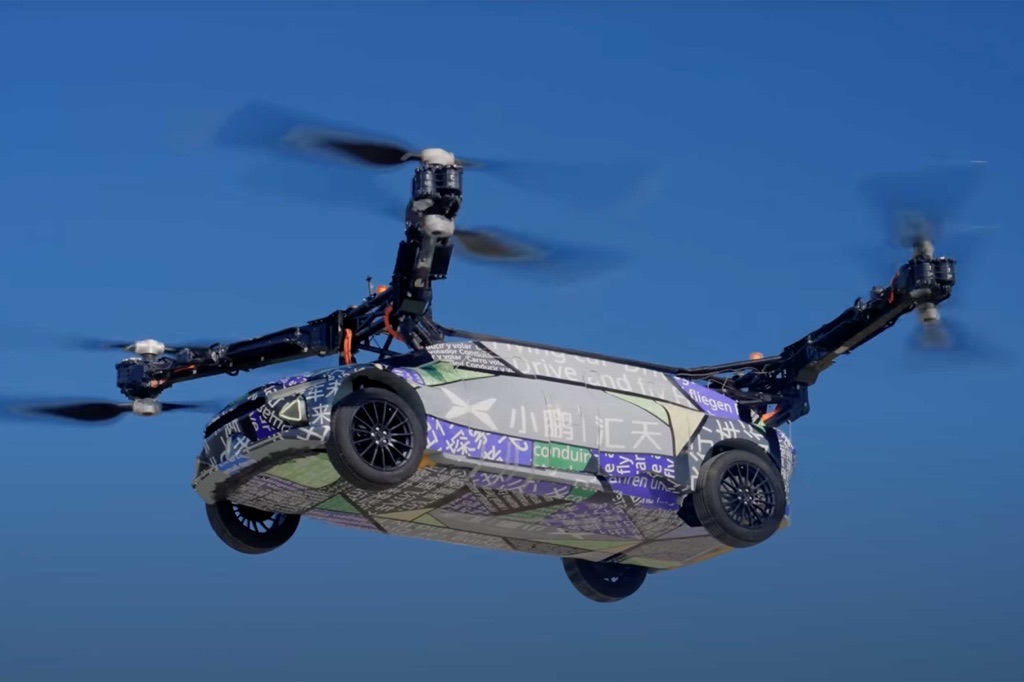
Transforming Design
The X3’s design transforms radically between its driving and flying modes. On the ground, it looks like a sleek electric vehicle with an elongated body, short overhangs, X-shaped LED lights, and rear cameras instead of mirrors.
But flip the switch, and its eight powerful rotors extend out from their folded, roof-mounted positions. The biggest challenge for Xpeng’s engineers is perfecting the locking mechanism to securely stow the rotors while driving to prevent vibrations.
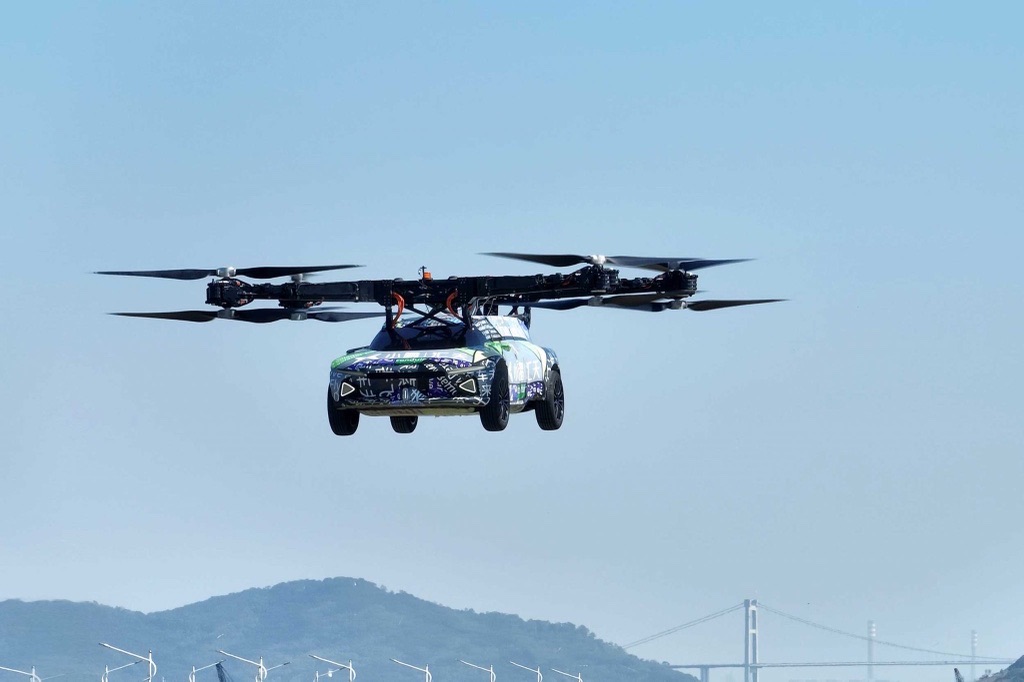
Barriers to Liftoff
As cool as the X3 seems, it does face some significant hurdles before becoming a mainstream product:
- Regulations: China’s laws don’t yet accommodate flying cars for consumer use
- Noise & Wind: The rotors are quite noisy and produce high winds, unsuitable for dense cities
- Size: The rotor housing makes the vehicle’s body quite large and bulky
- Finances: Xpeng’s sales have slumped lately, straining their ability to fund moonshots
-
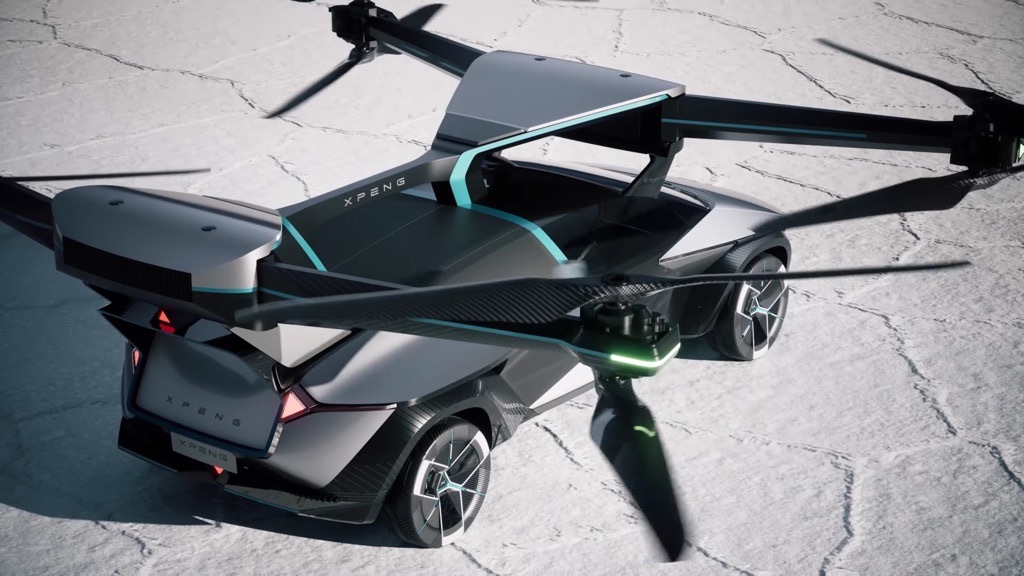
Xpeng X3
The Road (And Sky) Ahead
Despite the challenges, companies like Xpeng are boldly showing that flying cars can and will be a reality. If they can perfect the technology, navigate the regulatory maze, and find a way to mass produce these at reasonable costs, we could see a world with vastly improved urban mobility.
Imagine soaring over gridlocked traffic, bad roads, obstacles, rivers, and more on your commute. As wildly futuristic as the Xpeng AeroHT X3 seems, it provides a tantalizing glimpse of what may become an ordinary mode of transportation in the decades ahead.
The flying car revolution is taking off – hang on for an exciting ride! What do you think about the potential of eVTOL vehicles like the X3? Leave a comment and let us know!
